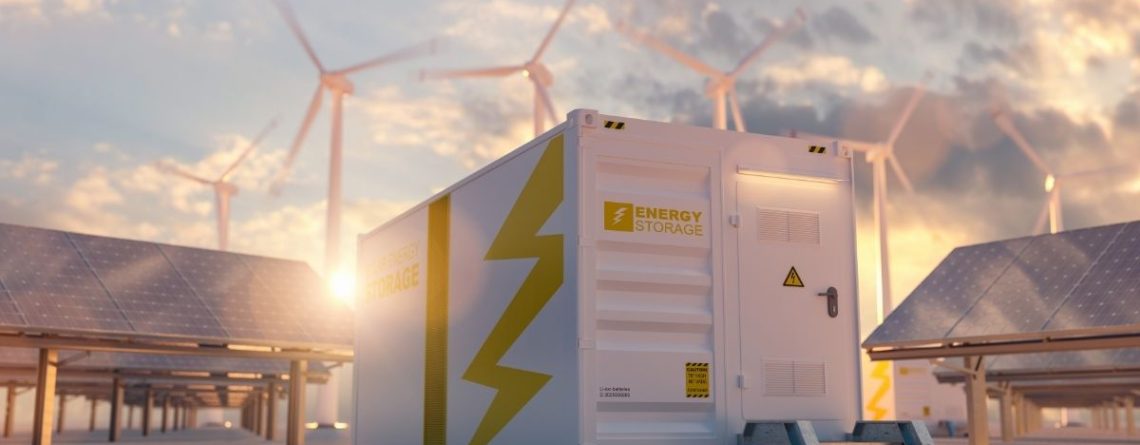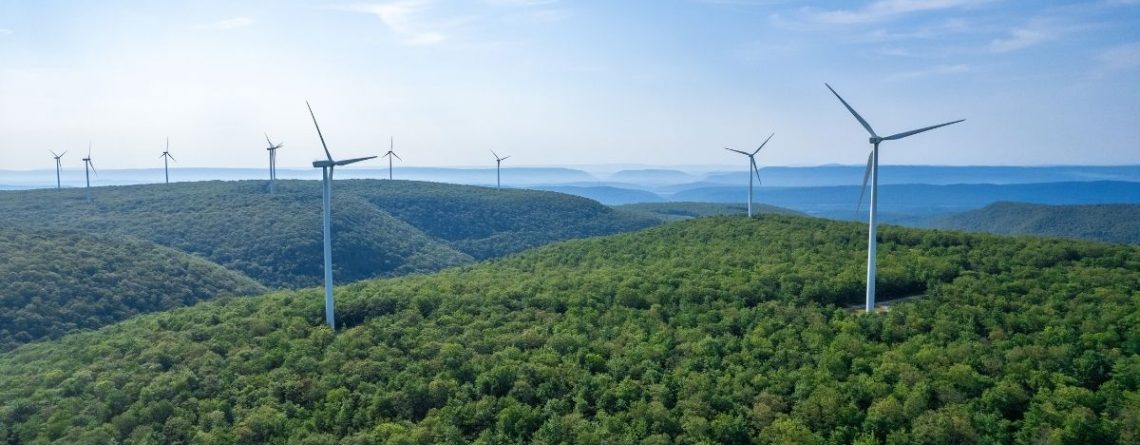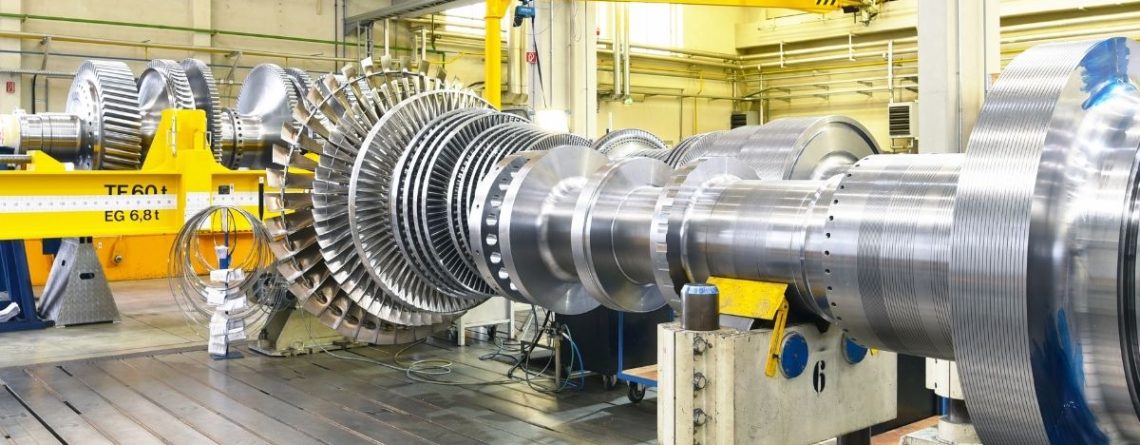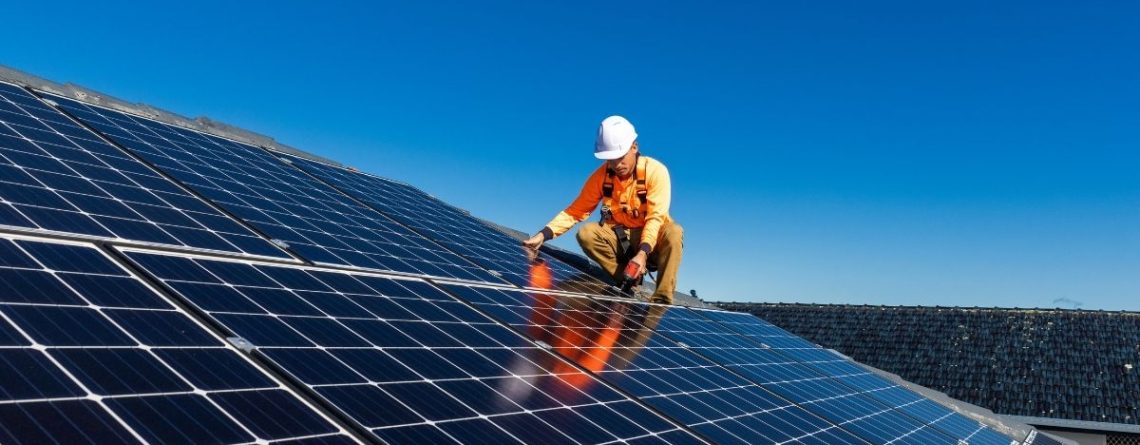11Aug
08Aug
Energy Management Systems for Commercial Buildings
Commercial buildings such as shopping malls, hotels, office complexes, and hospitals consume vast amounts of energy daily. Managing this energy efficiently is critical to lowering operating costs, improving sustainability, and enhancing occupant comfort. Energy Management Systems (EMS) provide the tools needed to monitor, control, and...
03Aug
Smart Energy Management Solutions for Industrial Efficiency
Industrial facilities face increasing pressure to reduce energy costs, cut carbon emissions, and maintain high operational performance. Smart Energy Management (SEM) solutions provide the tools and technologies to meet these demands by combining real-time monitoring, data analytics, automation, and sustainable energy production. What is Smart Energy...
29Jul
Opportunities and Challenges for a Sustainable Energy Future
The global energy landscape is undergoing a profound transformation. Driven by climate change concerns, rising energy costs, and stricter environmental regulations, industries are seeking cleaner, more efficient, and more sustainable energy sources. Achieving a truly sustainable energy future requires both innovation and strategic planning —...
15Jul
Reducing Carbon Emissions Through Waste-to-Energy Projects
Carbon emissions remain one of the most pressing environmental challenges for industries worldwide. Manufacturing, textile, food processing, and other industrial sectors generate significant amounts of waste that often end up in landfills or are incinerated without energy recovery, contributing to greenhouse gas emissions, particularly methane...
08Jul
Top 5 Energy Waste Solutions for Manufacturing Plants
Manufacturing plants are among the largest consumers of energy, often producing significant amounts of waste in the process. Without proper management, this waste not only increases operational costs but also impacts the environment. By implementing effective energy waste solutions, factories can lower expenses, improve sustainability,...
20May
Importance of Antifreeze Use in Gas Engines: Cooling, Freezing and Corrosion Protection
1. Introduction Gas engines are systems that require high efficiency and reliability. In order for these engines to perform optimally, it is critical that the cooling systems work effectively. Antifreeze, as one of the basic fluids used in cooling systems, plays a vital role in both...
13May
Energy Solutions for the Textile Industry: A Sustainable Approach
Energy Challenges in the Textile Industry The textile industry is one of the most energy-intensive sectors, consuming large amounts of electricity and thermal energy in various production processes such as spinning, weaving, dyeing, and finishing. With rising energy costs and increasing pressure to reduce carbon emissions,...
09Apr
Synchronous Generator: How It Works and Its Components
A synchronous generator is an electrical machine that converts mechanical energy into electrical energy in the form of alternating current (AC), with its rotor spinning at the same frequency as the generated AC voltage. It is widely used in power plants to generate electricity. How a...
09Mar












